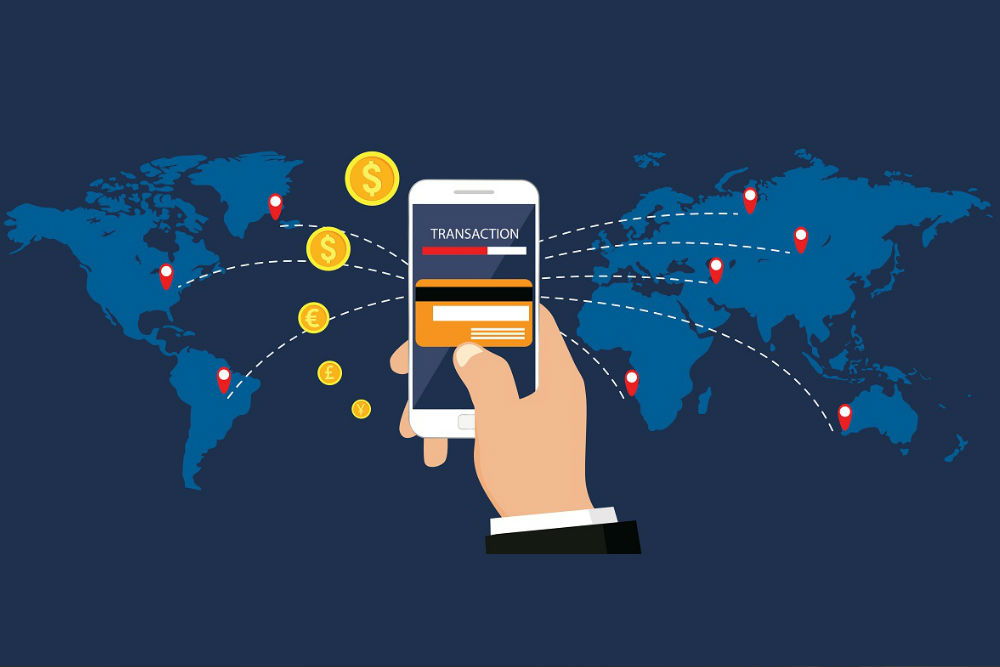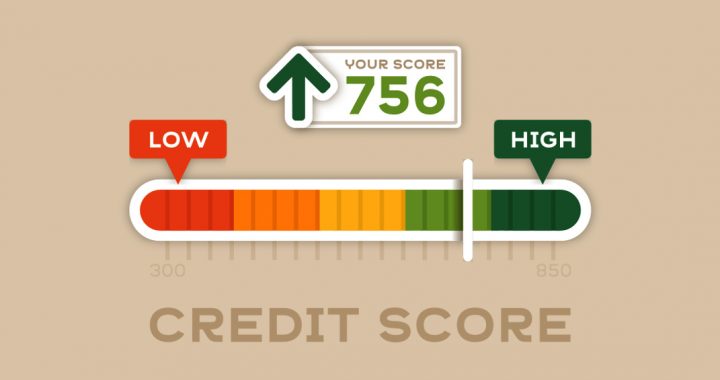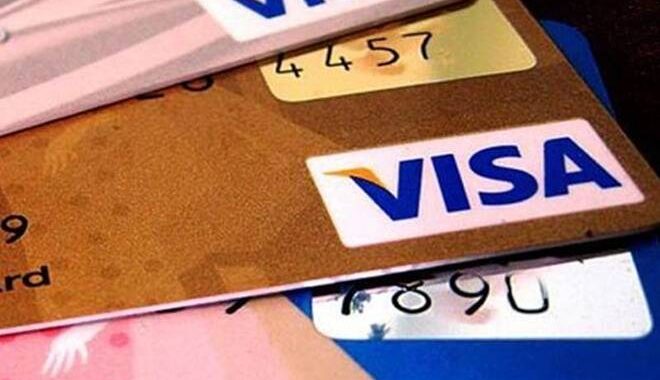Technology Revolution in Banking and lending
9 min readTill about a decade ago, taking a loan meant a long cumbersome process that involved several trips to the bank and agents, conversations with multiple bank officials, comparing interest rates from various lenders manually, filing tonnes of paperwork and then wait agonizingly for the bank’s approval. Fortunately, things have now become much more simple and convenient for borrowers, thanks to the power of the internet and the phenomenal popularity of smartphones and increasing numbers of users.

But, what is extremely exciting is the way technology is now coming to use to make financial services, particularly banking and lending, one of the most fascinating sectors to keep an eye on. While there are several innovations that are being worked on by multiple financial institutions and start-ups, here are three that are already here and will disrupt financial services:-
Chatbots: Today you can order food, book a cab or make inquiries about the weather by conversing with a chatbot and have your needs met within a few seconds. Chatbots are digital assistants that, through artificial intelligence and machine learning, are trained to solve customer problems and follow their instructions to the tee. Many financial institutions today are investing in building their own Chatbots to take the consumer experience to the next level. From resolving product queries to recommending investment options to discuss customized offers, a chatbot offers a much more personalized experience today.
Since, Chatbots analyses your personal and transactional data and makes recommendations basis that, solutions offered by it are completely customized and reliable, free of human errors or biases. For example, imagine logging into your bank’s portal, and a chatbot greets you and reminds you about the unutilized reward points on your credit card and also suggests how to use them basis the products you have been searching on online shopping sites. Or think what if you have the ability to apply for a loan within a few seconds by conversing with a lender’s chatbot on Facebook.
Chatbots are especially popular among millennials who prefer doing everything online. So now for simple queries like finding the IFSC Code of your bank branch or to know the nearest ATM of your bank, you do not have to call the call center of the bank or even do a search on Google. You can just ask the chatbot of the bank, and you will have your answer in less than 5 seconds.
Available round the clock, whenever you need it with zero waiting time, Chatbots can make the purchase of financial products extremely easy for consumers. Also, since hundreds of thousands of conversations by the chatbot are analyzed daily, it gets more intelligent every day, bettering the quality of conversations and is able to answer more and more complex questions.
Big Data Analytics: Much like the internet and smartphone have completely transformed the way we lead our lives, Big Data holds the potency to completely transform financial services.
Lending is largely about risk. Banks and other lending institutions access every applicant’s ability to repay the loan. Till now, this was evaluated largely by accessing an applicant’s credit report, which enumerates his creditworthiness based on the way he has repaid earlier loans. Unfortunately, this also leads to most loan applications getting rejected because of either a low or ineligible credit score or no credit history. Big data is slowly changing that.
Today, many new-age lenders have started using unorthodox data points to access an individual’s creditworthiness. Today consumers, who would have been rejected by most lenders till a few years ago, can get access to credit through alternate lending.
Alternate lending analyses consumer data points like how you use the mobile, details of your digital transactions, size of your utility bills to even your social media profile. Big data models created by new-age lenders enable them to create a more detailed and holistic profile of consumers and allow them to make much more accurate underwriting decisions. For example, today a 24-year-old first time earner who has never taken any kind of credit in the past can get access to a loan within a few minutes digitally. This was almost impossible a few years ago.
Not only that, but consumers can get these loans at the best prices through online lending aggregators or marketplaces who have the technology to match the right customer with the right lender. Also, these techniques reduce the man-hours needed in analyzing each borrower’s creditworthiness and his background history separately, thereby expediting the entire process.
Image recognition: Banking, lending or any financial service, till a few years ago, was associated with boring cumbersome processes that involved filling tones of paperwork. Today, a large part of the processes have now moved to digital, enabling customers to purchase financial products from their living room in a fraction of the time they were used.
Now, imagine if you do not have to fill even your personal details digitally. A machine will do that for you. That’s what ‘image recognition’ enables. All the consumer needs to do is upload his KYC document like Aadhaar and PAN, and the system will read the documents and populate fields like name, DOB, address, PAN, etc. on its own. All the customer needs to do is verify and with a click of a single button, he moves ahead. This can cut down processes from a couple of minutes to a few seconds.
While technologies like these and many others are completely disrupting financial services and making things more and more convenient for consumers, there may also be some risks associated with data security. Though most organizations have robust systems involved protecting customer data, consumers too should be careful while using technology. First, always ensure any technology you use is from a brand you trust. Read about the company before you start using its technology. Second, read associated terms and conditions carefully before you give out your information digitally. Third, when using apps, be circumspect when giving consent to the app to access your details like location, photos, etc. This is vastly ignored by most consumers.






